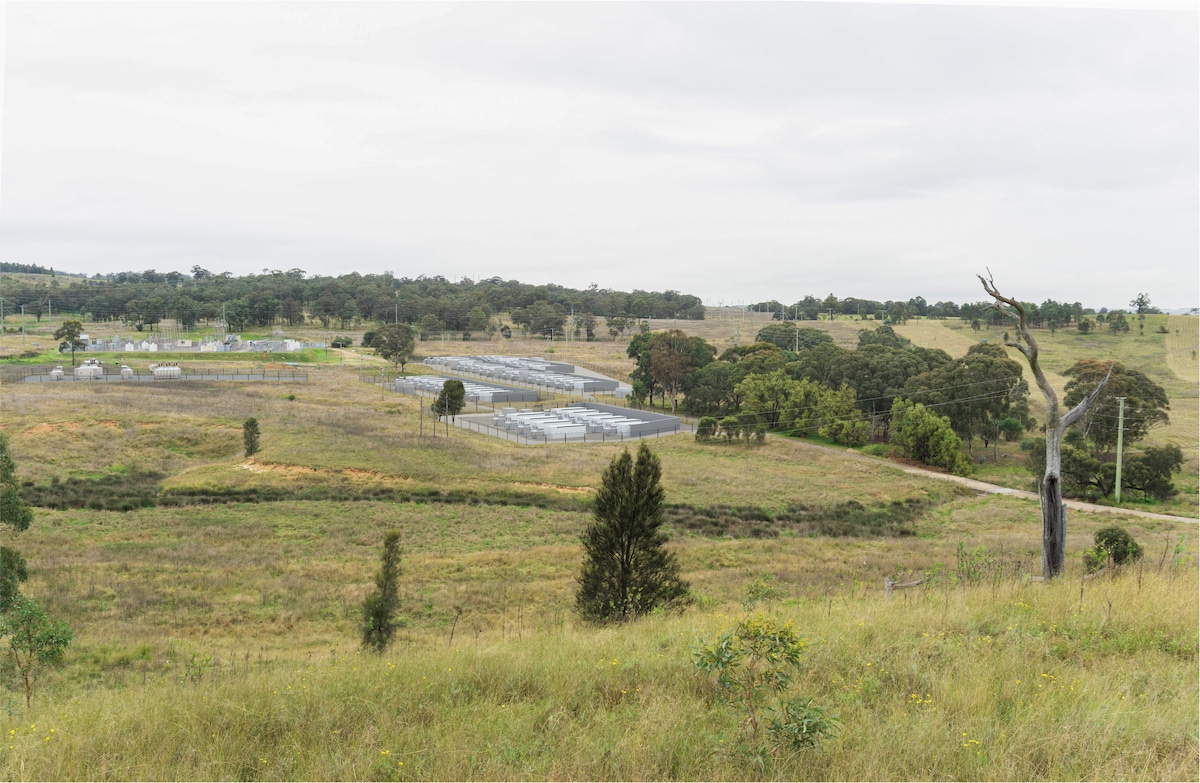About the project
AGL is proposing to build, operate and maintain a battery of approximately 150 megawatts (MW) and up to 300 megawatt-hour (MWh) capacity in Muswellbrook, NSW.
The location for the proposed battery is 20-24 Sandy Creek Rd, Muswellbrook, to the west of the existing Muswellbrook Ausgrid substation.
The battery has the potential to improve the reliability and stability of the grid. AGL expects the battery to provide socioeconomic outcomes including the potential benefits relating to increased employment opportunities. The project is expected to provide up to 60 jobs during the construction phase and up to 3 full time jobs during operation.
